Growing Healthcare Expenditure
The rising healthcare expenditure in the GCC region is a significant driver for the hemorrhoid treatment-devices market. Governments and private sectors are investing heavily in healthcare infrastructure, leading to improved access to medical services and treatments. According to recent reports, healthcare spending in the GCC is expected to reach $100 billion by 2025, reflecting a commitment to enhancing healthcare quality. This increase in funding allows for the procurement of advanced treatment devices and technologies, thereby expanding the market. As healthcare facilities upgrade their equipment and services, the demand for effective hemorrhoid treatment devices is likely to rise, fostering growth in this sector. The correlation between healthcare expenditure and market expansion is evident, as increased investment translates into better treatment options for patients.
Rising Incidence of Hemorrhoids
The increasing prevalence of hemorrhoids in the GCC region is a primary driver for the hemorrhoid treatment-devices market. Factors such as dietary habits, sedentary lifestyles, and an aging population contribute to this rise. Recent studies indicate that approximately 50% of adults experience hemorrhoids at some point in their lives. This growing incidence necessitates effective treatment options, thereby propelling demand for innovative devices. As healthcare providers seek to address this issue, the market is likely to expand, with a focus on developing advanced treatment solutions that cater to the needs of patients. The rising incidence of hemorrhoids thus plays a crucial role in shaping the dynamics of the hemorrhoid treatment-devices market, driving both innovation and investment in this sector.
Patient-Centric Healthcare Trends
The shift towards patient-centric healthcare is reshaping the hemorrhoid treatment-devices market. Patients are increasingly seeking treatments that prioritize comfort, convenience, and effectiveness. This trend is prompting manufacturers to develop devices that are not only effective but also user-friendly and less invasive. The emphasis on patient experience is leading to the creation of innovative solutions, such as home-use devices that allow for self-treatment. As patients become more informed and engaged in their healthcare decisions, their preferences are influencing market dynamics. This patient-centric approach is likely to drive demand for new and improved hemorrhoid treatment devices, as healthcare providers strive to meet the expectations of their patients. The focus on patient satisfaction is thus a critical factor in the ongoing evolution of the market.
Regulatory Support for Medical Devices
Regulatory support for medical devices in the GCC region is a vital driver for the hemorrhoid treatment-devices market. Governments are implementing policies that facilitate the approval and commercialization of innovative medical technologies. This supportive regulatory environment encourages manufacturers to invest in research and development, leading to the introduction of advanced treatment devices. The establishment of clear guidelines and standards for device safety and efficacy enhances consumer confidence, further stimulating market growth. As regulatory bodies continue to streamline processes and promote innovation, the market is expected to benefit from an influx of new products. This regulatory support is essential for fostering a competitive landscape in the hemorrhoid treatment-devices market, ultimately benefiting patients through improved treatment options.
Technological Innovations in Treatment Devices
Technological advancements in medical devices are significantly influencing the hemorrhoid treatment-devices market. Innovations such as minimally invasive procedures, laser treatments, and advanced imaging techniques are enhancing treatment efficacy and patient comfort. For instance, the introduction of new devices that utilize radiofrequency ablation has shown promising results in reducing recovery times and improving patient outcomes. The market is witnessing a shift towards more sophisticated devices that offer better precision and less discomfort. As healthcare providers increasingly adopt these technologies, the market is expected to grow, with a projected increase in device sales by approximately 20% over the next few years. This trend underscores the importance of continuous innovation in meeting the evolving needs of patients and healthcare professionals alike.


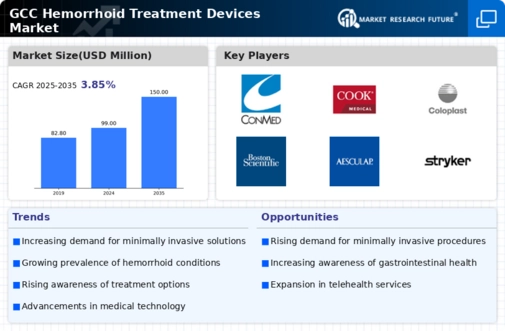
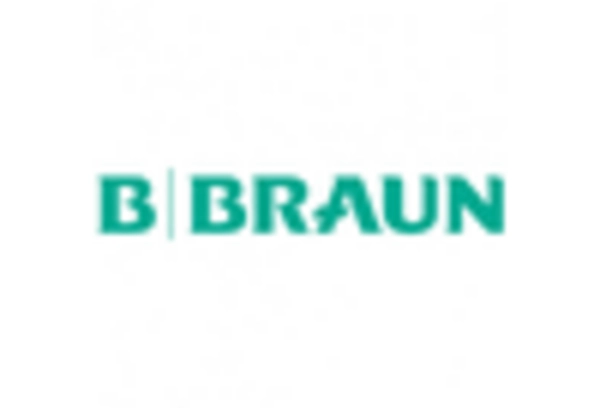

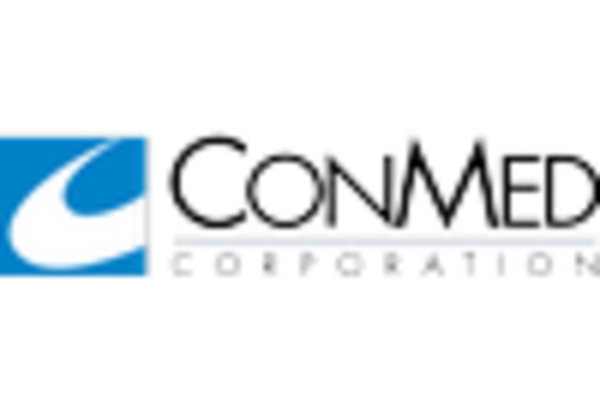

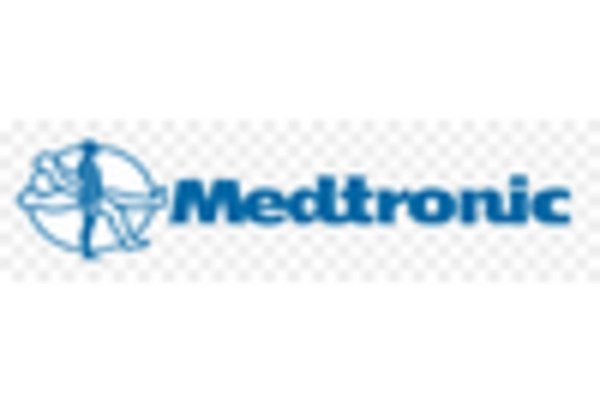
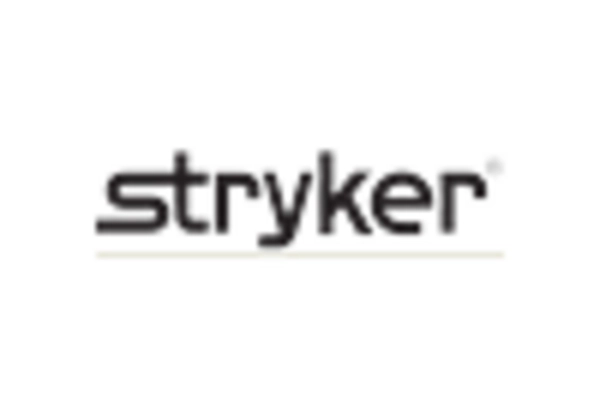








Leave a Comment